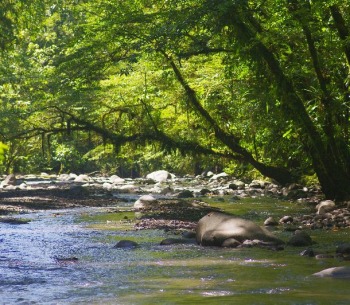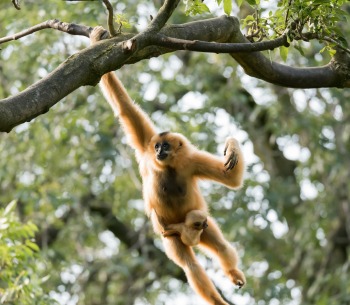
The past few months have not been entirely encouraging. Russia’s invasion of Ukraine, in addition to its geopolitical and humanitarian impacts, has sapped the global will to fight climate change. The Bolsonaro administration in Brazil is blocking progress towards a biodiversity treaty and global commitment to protect 30% of the planet by 2030 (“30×30”). Inflation, interest rates, and declining markets have paused some charitable giving, including to Rainforest Trust.
We have all faced setbacks in our own lives and know that one answer is to put one foot in front of the other until circumstances improve. About halfway through my PhD fieldwork on kob antelope in Uganda, I was driving down a rutted dirt track in Queen Elizabeth National Park on a hot, sleepy afternoon after lunch when a rear tire skidded off the track. I miscalculated, spun the Land Rover, and it rolled over on its side. It seemed like the end of my PhD. Thankfully, no one was hurt, other than a trickle of blood on my forehead.
We were only a few miles from camp and the lions were asleep in the heat of the day, so my assistant and I trudged home to tell Peter Møller, our housemate and the park’s mechanic. Peter raised an eyebrow at our appearance (and the lack of a car), and asked what had happened. When I explained, he burst into laughter and said, in his German accent, “That’s life in the bush.” Then he headed out with us in his Unimog to pull the car back onto its tires. Miraculously, nothing mechanical was seriously compromised, the broken windscreen could be patched with duct tape, and the dented side of the car mirrored my bruised ego. Fieldwork continued.
Alas, Peter Møller is not here today to make light of our situation and pull us back on our feet. But there is much we can do ourselves to keep saving forests, species and our planet, and to prepare for future opportunities.

West African Slender-snouted Crocodile along Tano River in Ghana, courtesy Threatened Species Conservation Alliance
Rainforest Trust’s board just approved our largest, richest, and most varied portfolio of new projects ever, spanning three continents; designations and purchases; rainforest, dry forest and coastal marine.
Some, like the expansion of Jocotoco’s Tapichalaca Reserve in Ecuador, apply a tried-and-true strategy with a partner highly likely to succeed. Others, like protection of a 25-mile-long strip of land along the banks of the Tano River in Ghana to safeguard the nesting sites of the Critically Endangered West African Slender-snouted Crocodile, are innovative and riskier. Incredibly, two projects will create entirely new rainforest national parks in West and Central Africa. Together, with your help, these 17 projects will invest $21,491,842 to protect 2,666,053 acres, provide habitat for at least 546 threatened species, and lock up 333 million metric tons of CO2 equivalents, the amount emitted by 71,751,254 gas-powered cars in a year.
Our active projects continue to progress as well. In Brazil’s Atlantic Forest, Instituto Marcos Daniel (IMD) has purchased over 700 acres to create a reserve for one of the world’s most endangered species, the Cherry-throated Tanager. Likely home to more than 50% of the species’ global population, this reserve is proving a turning point for these birds, with IMD already recording successful nests. In South Africa, the Albany Adder, one of Africa’s rarest and most endangered snakes, is also thriving.
Thanks to the efforts of the Endangered Wildlife Trust and Rainforest Trust’s supporters, the snake and its habitat are well on their way to permanent protection. Further north, in the Democratic Republic of the Congo, the Kanyama community has gained the legal rights to protect and manage over 120,000 acres of Congo Basin rainforest, safeguarding a globally important carbon stock.
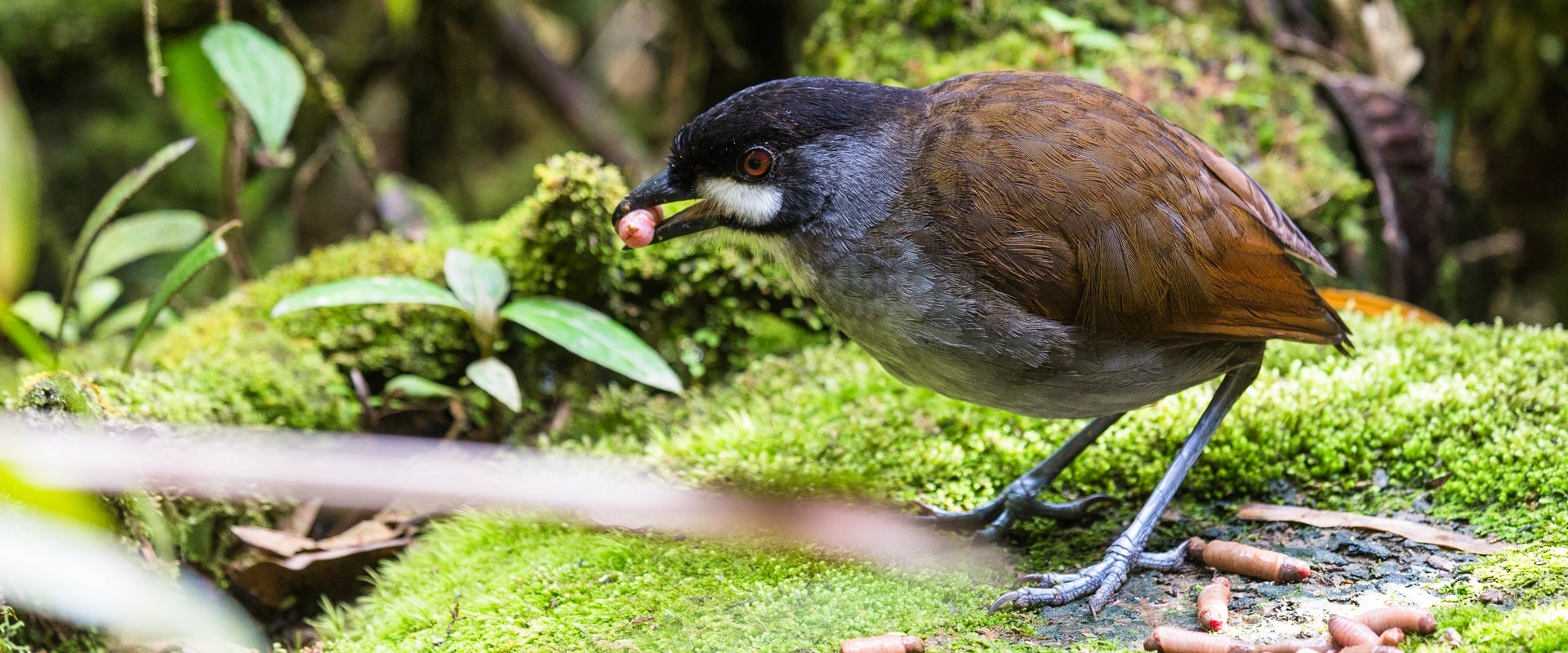
The Jocotoco Antpitta in the Tapichalaca Reserve, Ecuador, by Ecuador postal
Rainforest Trust anticipates passing the milestone of 40 million acres protected before year end. And across all of our past and current projects, total deforestation since project launch remains less than 1%.
If only that were also true across the Brazilian Amazon, where the national monitoring agency has just reported record deforestation in the first six months of 2022–nearly 1 million acres were destroyed. This results directly from the Bolsonaro administration’s encouraging land-grabbers to invade Indigenous territories and burn the rainforest for commercial pastureland. Recent articles in both The Washington Post (The God of São Félix, July 27, 2022) and The New York Times (The Illegal Airstrips Bringing Toxic Mining to Brazil’s Indigenous Lands, August 2, 2022) highlight the corruption and greed at many levels in Brazil.
But even here, at ground zero for deforestation, there are ways around obstacles and a glimmer of light at the end of the tunnel. Though Brazil’s federal government is blocking creation of new protected areas, we are discussing strategies with the state governments of Amazonas and Para (covering an area larger than Alaska and Texas combined) for circumventing the federal government. These could include formalizing land tenure for non-Indigenous local communities who are committed to sustainable forest management, and supporting them to resist land-grabbers. Moreover, Brazil’s elections are set for October 3 and political change could open new opportunities to protect the Amazon—as well as potentially revive the international negotiations on 30×30 in time for the much-delayed Global Biodiversity Conference in December. Remarkably, 103 countries have now committed to 30×30, including the United States.
Meanwhile, markets appear to be stabilizing and there is hope that inflation may have peaked. There is even climate change legislation pending on Capitol Hill. If your personal finances allow you to continue supporting our important conservation work, we would greatly appreciate it. Our SAVES donor continues to match many donations to specific projects, for which we are tremendously grateful. With that support, yours, and all of our donors’, we will stay on track to achieve our ambitious five-year conservation goals and continue to scale our—really your—impact on species, people and planet.
With thanks and determination,
Dr. James C. Deutsch,
Rainforest Trust CEO
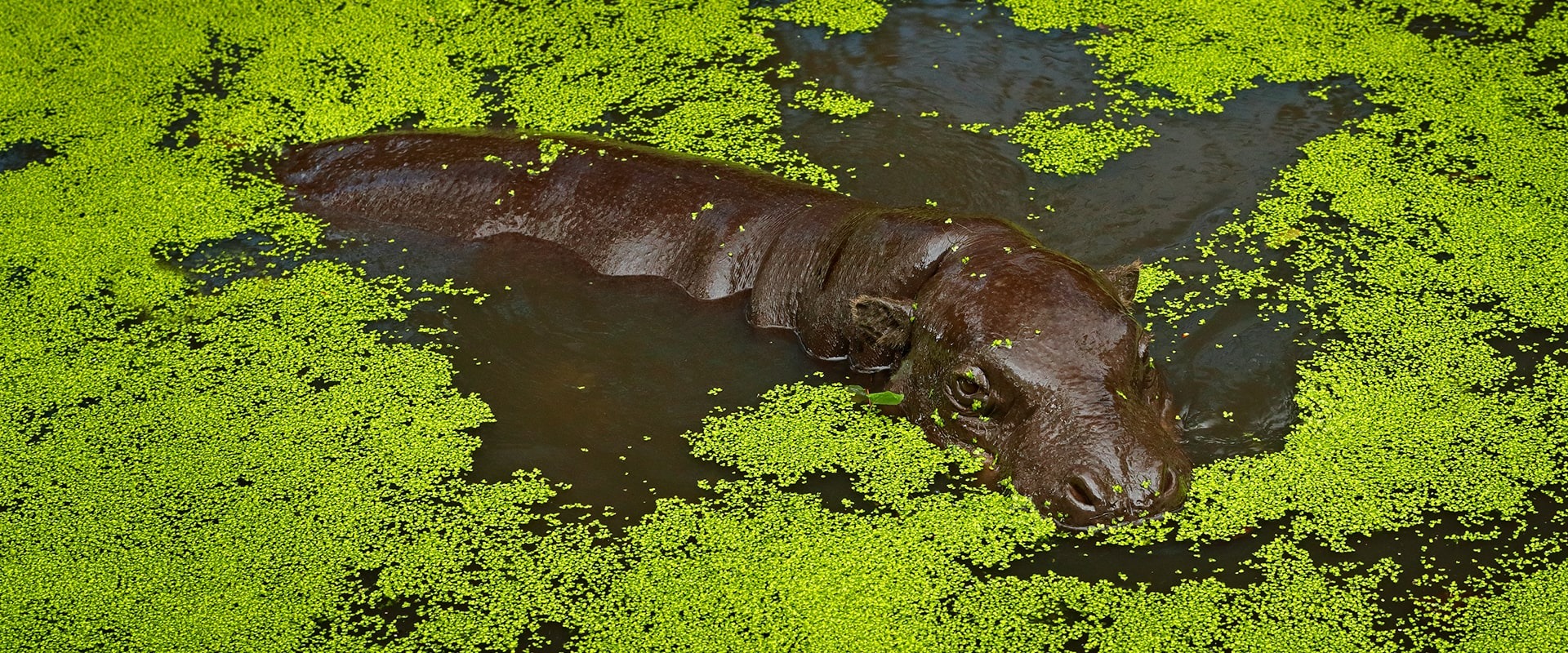
The Pygmy Hippo of Liberia, by Ondrej Prosicky
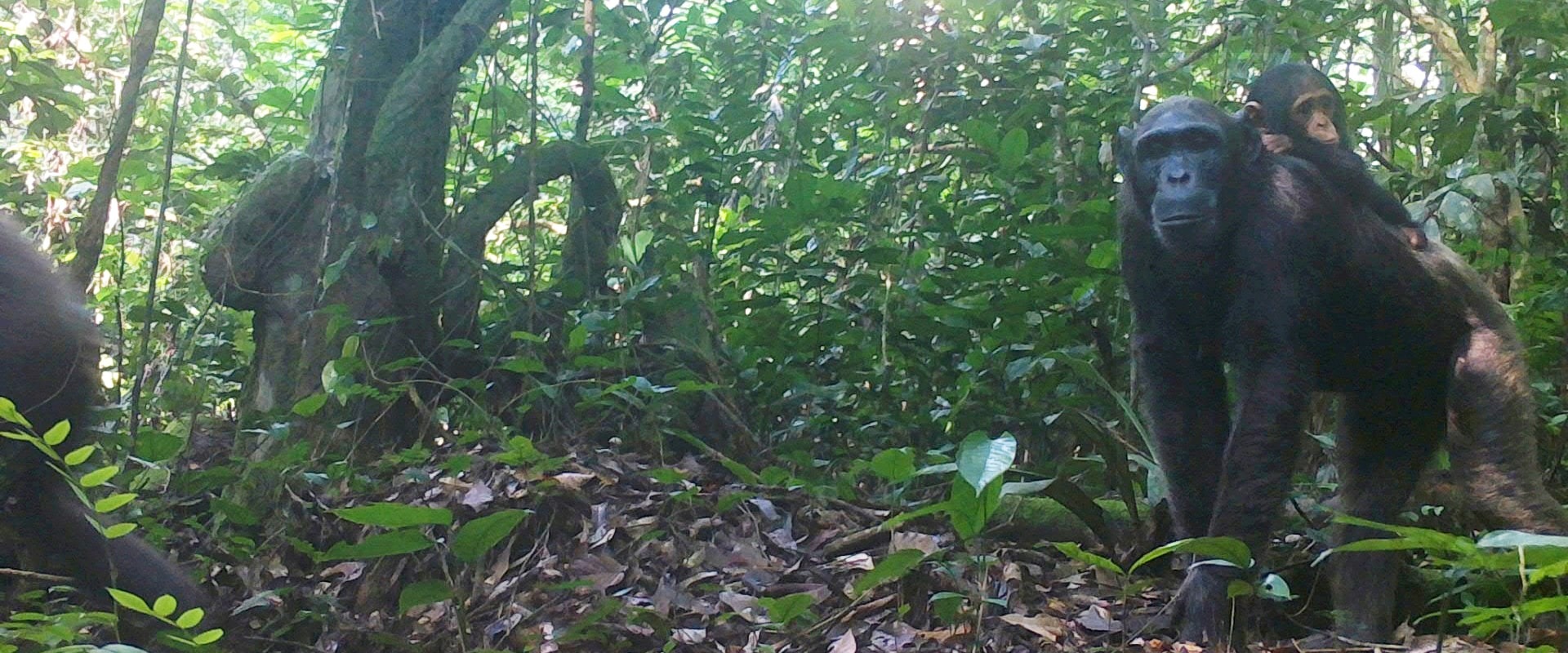
Chimpanzees caught on camera trap in area of our new project in Equatorial Guinea, courtesy of local partner BBPP
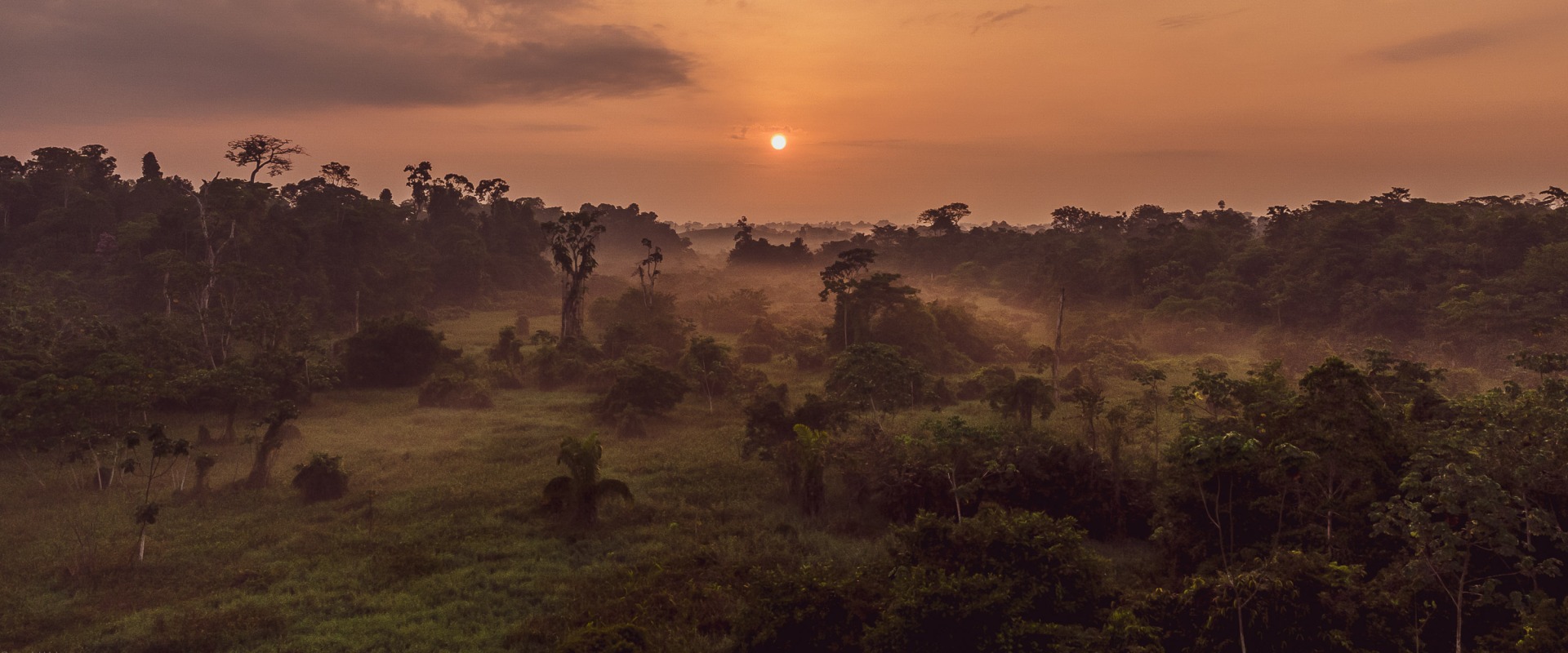
Sunrise at El Silencio in the Sierra Nevada of Colombia, courtesy Fundación Biodiversa Colombia
Healthy Rainforests. Healthy Planet.
Healthy rainforests are critical to a healthy planet. Creating protected areas is the most effective way to protect endangered animals, safeguard biodiversity, stop deforestation, and maintain the health of all species on our planet.

Sign up to receive the latest updates
"*" indicates required fields
100% of your money goes to save habitat and protect threatened species.
Our Board members and other supporters cover our operating costs, so you can give knowing your whole gift will protect rainforests.

